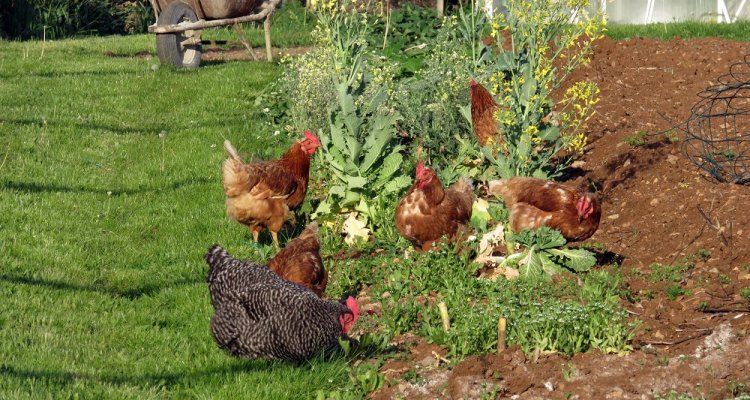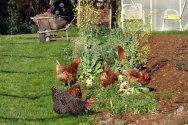
News
The Dutch food system in 2050: Healthy and circular
How do we achieve a food system through which we can produce healthy food for everyone with respect for our planet and all humans and animals who live there? A team of farmers, representatives of nature and agriculture organisations, and Wageningen scientists designed a healthy and circular food system. The initiative, which was led by Imke de Boer (professor of Animal Production Systems) and Evelien den Olde (researcher Animal Production Systems) also stipulates what changes are required to arrive at such a system.
Everyone contributes
Redesigning our food system is only possible if all actors within the system contribute, according to the initiators. Thus, changes are required from farmers, consumers, the government, NGO’s, supermarkets, financers and suppliers.
Some of the necessary changes:
- In 2050, the Netherlands will eat more plant-based products and fewer meat-based products. Healthy and sustainable foods are easier to come by, are commonplace and attractive. Children are schooled on nutrition, and hardly any food is wasted.
- All houses have solar or green roofs and smart toilets, and all buildings will have a materials passport.
- Crop farmers cultivate a variety of products on a single plot; cows graze in herb-rich meadows and chickens, fish, pigs and insects are exclusively fed biomass that is unfit for human consumption.
- There are more ‘Prosumers’ (a combination of producers and consumers) in the Netherlands, and we have food councils, multi-year food policy and a minister of nutrition.
- The economy is no longer leading, but rather serving. It guides us towards an equitable and safe acting space for sustainable entrepreneurship. This means that we no longer measure our wealth in terms of the Gross National Product but in terms of the National Civic Product, which advocates the conservation of natural resources and human and animal rights.
Read the main text of this vision
Inspiring examples
‘It may sound too good to be true, but inspiring examples in our network prove it is possible’, says Imke de Boer. ‘Kipster, for example, which is an egg-producer. The Kipster chickens are fed from waste streams. We strive to have this principle embraced by the entire livestock farming sector. Another example is Herenboeren, where consumers decide what they want to eat, and how it is produced. Everything the farm produces is divided amongst the members, without intervention by retailers or traders. The consumer knows precisely what he is consuming.’
- Unfortunately, your cookie settings do not allow videos to be displayed. - check your settings
